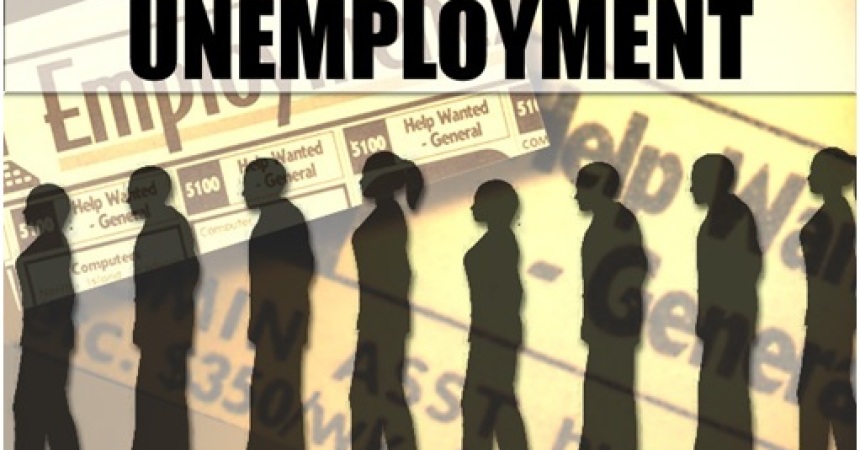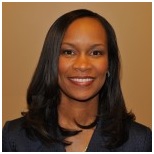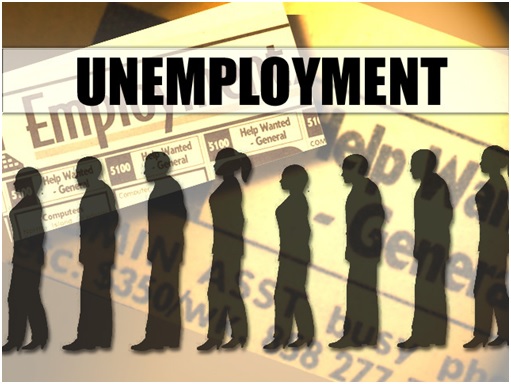
Black Unemployment Dips to 10.3 percent
By Freddie Allen
NNPA Senior Washington Correspondent
WASHINGTON (NNPA) – The Black unemployment rate fell slightly from 10.4 percent in December to 10.3 percent in January and is still on track to hit single digits by the middle of the year.
Last month, Valerie Wilson, the director of the Program on Race, Ethnicity, and the Economy for the Economic Policy Institute (EPI), a nonpartisan think tank focused on low- and middle-income workers, made the prediction that the Black jobless rate would fall below 10 percent, adding that the economy is recovering gradually and lawmakers shouldn’t do anything that would stall that progress.
Wilson warned that more spending cuts or raising interest rates could slow down the economy.
“If there are no signs of inflationary pressures, I don’t see the rush to do it,” said Wilson.
Economists attributed the slight uptick in the national unemployment rate, from 5.6 percent in December, to 5.7 percent in January, to workers feeling more confident about their job prospects and rejoining the labor force.
With revisions to the number of jobs added in November and December, the Labor Department reported that more than 1 million jobs were added to the United States economy over the past three months, the best 3-month average since 1997.
Following the national trend, the White unemployment rate rose from 4.8 percent in December to 4.9 percent in January and the labor force participation rate, the share of workers who are employed or currently looking for jobs, also increased from 59.8 percent to 60.1 percent.
Even though, the Black labor force participation rate fell from 61.3 in December to 61 percent in January, it still remains higher than it was in January 2014. The participation rate for Black men over 20 years-old also decreased in January, but was one percentage point higher last month than it was this time last year.
Black women and White men and women over 20 years-old had higher participation rates in January 2015, compared to December 2014, but among the adult worker groups, only Black men had a higher labor force participation rate in January 2015 compared to January 2014.
The unemployment rate for Black men over 20 years old decreased from 11 percent in December to 10.6 percent in January, and the jobless rate for White men over 20 years old also increased from 4.4 percent to 4.5 percent in January.
The jobless rate for Black women rose from 8.2 percent in December to 8.7 percent in January and for the second month in a row, the jobless rate for White women was 4.4 percent.
In a statement on January’s jobs report Chad Stone, Chief Economist for the Center on Budget and Policy Priorities, a research and analysis group that works on federal and state fiscal policy, said that as the labor market continues to improve “significant slack” still lingers.
“Ongoing labor market slack is particularly hard on the long-term unemployed, whose skills tend to erode while they remain jobless and who often seem stigmatized for being out of work so long when they apply for a job,” said Stone. “It’s unfortunate that federal UI [unemployment insurance] benefits for the long-term unemployed expired at the end of 2013; it’s even more unfortunate that in recent years, several states have made it harder for people who lose their job through no fault of their own to qualify for any UI.”
Blacks disproportionately suffer from long-term unemployment and in an effort to address this crisis, Stone said that President Barack Obama has acknowledged these problems by including “a set of major UI proposals in his new budget request that would both shore up UI financing for the long term and reform the federal Extended Benefits program to make additional weeks of UI available automatically in states with high or rapidly rising unemployment rates.”
During a speech in Indianapolis, Ind., President Obama celebrated the latest jobs numbers and touted his middle-class economic philosophy crafted to help more working families afford higher education, get paid sick leave at work and save for retirement. Obama said “while we’ve come a long way, we’ve got more work to do to make sure that our recovery reaches more Americans, not just those at the top.”
Repeating a familiar theme, he said, “That’s what middle-class economics is all about – the idea that this country does best when everyone gets their fair shot, does their fair share, and everyone plays by the same set of rules.”









